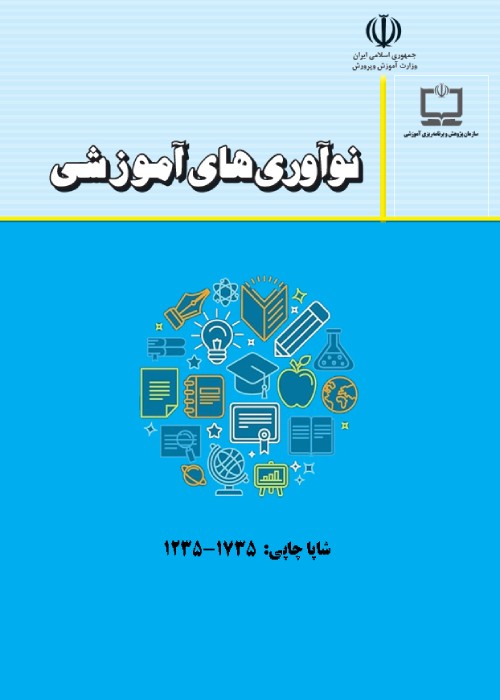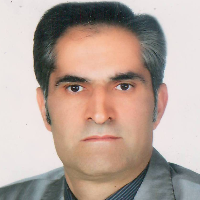The study of student's and parent's educational needs in secondary schools in different Iranian sub-cultures
Author(s):
Abstract:
The aim of this investigation has been to explore not only the educational needs of the students and their parents in various dimensions but also to take advantage of the opinions of counselors and teachers regarding family education on this issue. The study is an applied and descriptive type of survey and from the study method perspective has employed a synthetic need assessment model. Sampling population consisted of the students and their parents of Iranian secondary schools and counselors and teachers of family education in academic year (the Iranian solar years 1381-1382 or 2002-2003). Sample of investigation consisted of 4432 persons (1302 mothers, 1384 fathers, 1419 students, and 327 counselors and teachers). These individuals were selected through compound sampling (purposive, simple random and cluster sampling) from provinces of East Azerbaijan, Tehran, Khozestan, Sistan & Balochestan, Fars, Lorestan, Kordestan, and Golestan and Gilan. Three researcher-built inventories have been utilized for data collection that consisted of: 1) Student Inventory, 2) Parents Inventory, 3) Counselors and Teachers Inventory. The questionnaire was built based on the development theories and experts’ opinions in this field and has had considerable validity and reliability. The research data anlysis was done with the help of descriptive statistic, including various distribution tables, mean and standard deviation as well as inferential one-sample t test, t test for comparing the difference of means, F test, and chi-square test. The results consisted of the following: 1) The parents’ educational priorities needs were different in sub-cultures. 2) The mothers’ and fathers’ educational needs have a lot of similarity. 3) The isssues of warm and sincere relationship among the familiy members, the necessity of going to school, parents’ trust in the adolescents, girls and boys familiarity with each other before marriage, and issues of the same sort have spsecial importance. 4) Overtly significant differences were observed between the needs of students and those of their parents. 5) The most important parents’ educational needs for their children were distinguished in somatic, hygienic, social, psychological, academic and moral-religious dimensions
Language:
Persian
Published:
Quarterly Journal of Educational Innovations, Volume:4 Issue: 14, 2006
Page:
64
https://magiran.com/p415635
دانلود و مطالعه متن این مقاله با یکی از روشهای زیر امکان پذیر است:
اشتراک شخصی
با عضویت و پرداخت آنلاین حق اشتراک یکساله به مبلغ 1,390,000ريال میتوانید 70 عنوان مطلب دانلود کنید!
اشتراک سازمانی
به کتابخانه دانشگاه یا محل کار خود پیشنهاد کنید تا اشتراک سازمانی این پایگاه را برای دسترسی نامحدود همه کاربران به متن مطالب تهیه نمایند!
توجه!
- حق عضویت دریافتی صرف حمایت از نشریات عضو و نگهداری، تکمیل و توسعه مگیران میشود.
- پرداخت حق اشتراک و دانلود مقالات اجازه بازنشر آن در سایر رسانههای چاپی و دیجیتال را به کاربر نمیدهد.
In order to view content subscription is required
Personal subscription
Subscribe magiran.com for 70 € euros via PayPal and download 70 articles during a year.
Organization subscription
Please contact us to subscribe your university or library for unlimited access!




